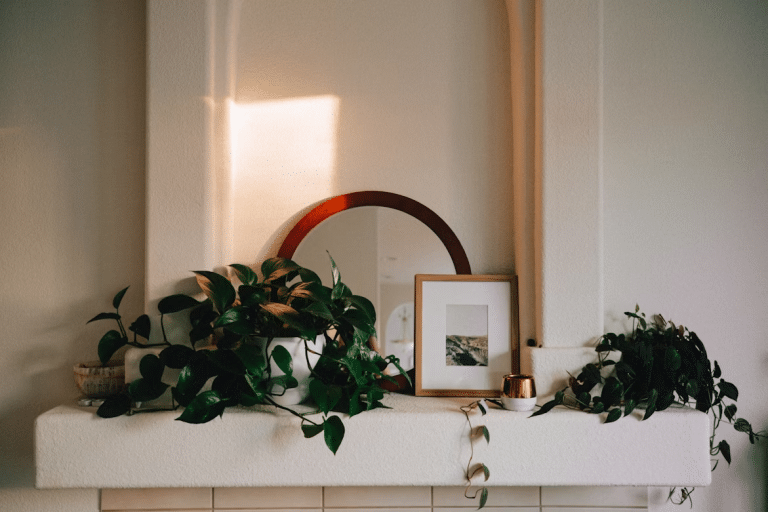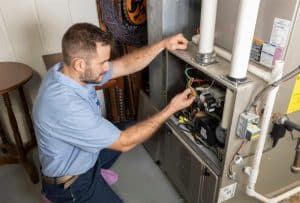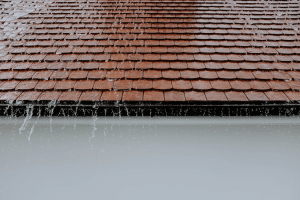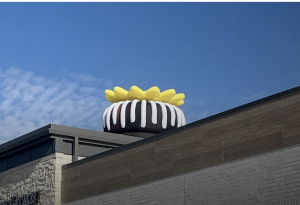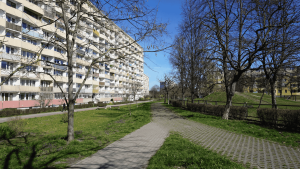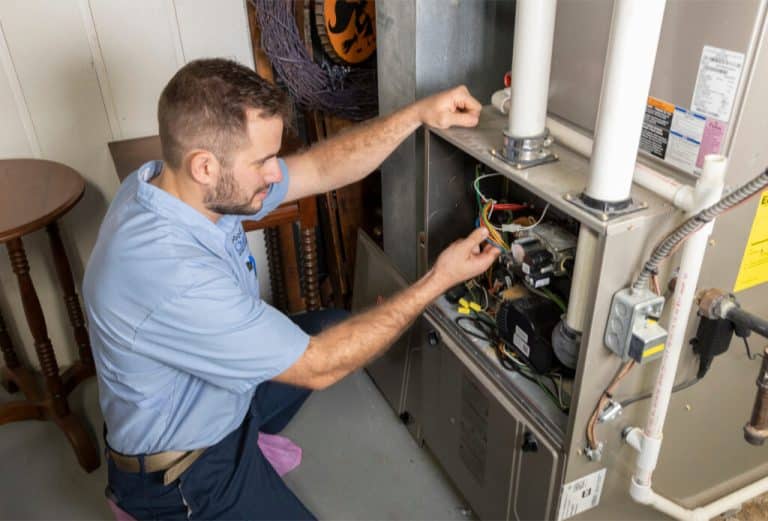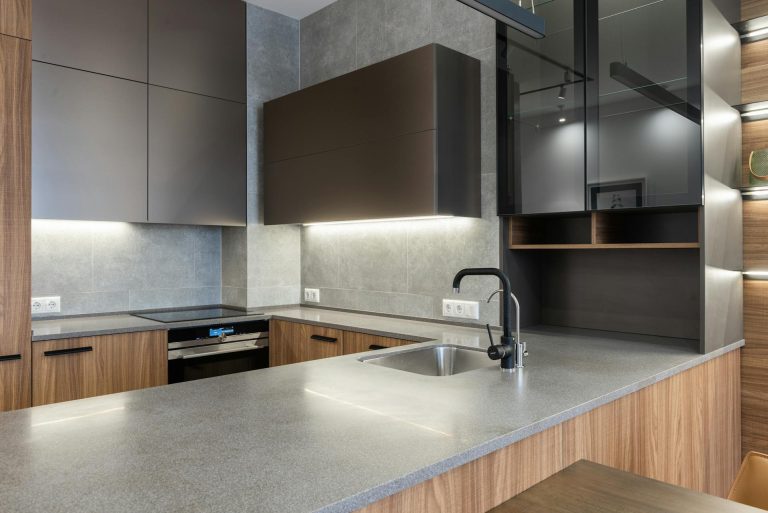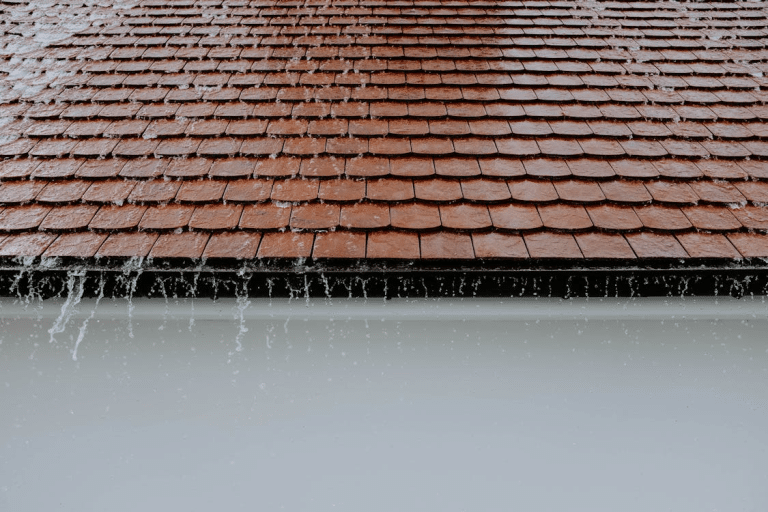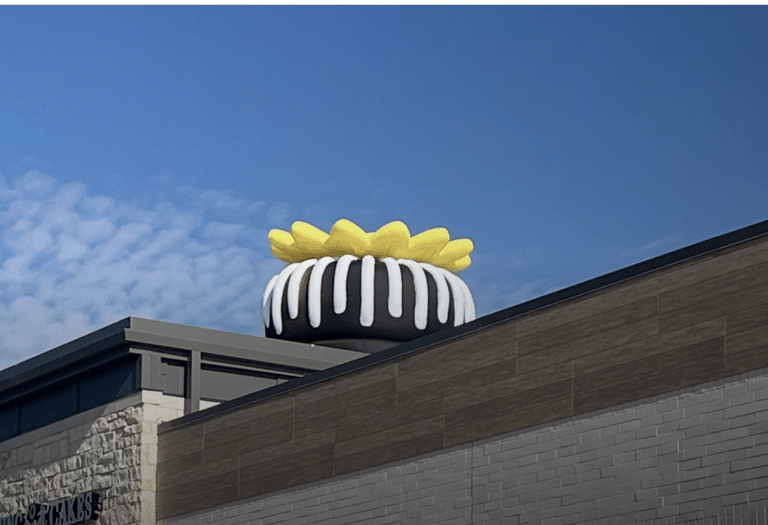Houseplants bring vitality and balance into our homes, but modern HVAC systems—designed for human comfort—can often create microclimates that challenge their survival. Too much dry air, erratic temperature swings, and cold or hot drafts can cause wilting, leaf burn, stunted growth, or even death in sensitive species.
While we tend to blame ourselves for over- or under-watering, the truth is that HVAC systems quietly shape your plant environment every day. Understanding the interaction between your heating, ventilation, and cooling setup and your indoor jungle is essential if you want both to thrive in harmony. Here’s how to fix the root of the problem—starting with your air conditioning.
Fixing Your Air Conditioning For A More Plant-Friendly Environment
Before you can adjust your plant care, you need to ensure your HVAC system isn’t compromising their survival.
An underperforming or poorly maintained air conditioning unit can pump inconsistent airflow and unbalanced temperatures into your home—both of which wreak havoc on indoor plants. This is especially true during summer, when overcooling dries the air or creates chilling drafts near windows. Start with a full HVAC inspection to verify your system isn’t cycling too rapidly or pushing cooled air too forcefully in plant zones.
Call a professional HVAC technician to:
- Clean clogged filters that reduce system efficiency and increase dust in the air
- Inspect ducts and vents for leaks or misalignment that might cause cold air to hit plants directly
- Evaluate thermostat placement and zoning to minimize fluctuations in different rooms
You should also ensure that air vents aren’t aimed directly at plant clusters. Even resilient tropicals like monstera or fiddle leaf fig can struggle when repeatedly blasted with chilled air. Redirect airflow using magnetic vent covers or adjustable deflectors, or relocate your plants away from high-velocity zones. If your AC runs continuously, consider upgrading to a variable-speed system that adjusts airflow more gently.
And don’t forget humidity: central AC systems typically lower indoor humidity to 30–40%, which is far below the 50–60% range favored by many houseplants. Adding a whole-home humidifier or using a standalone humidifier in plant-heavy rooms can correct this imbalance quickly.
Recognizing The Signs Of Hvac Stress On Houseplants
It’s not always obvious that HVAC is behind your plant’s decline, but certain symptoms point directly to environmental stress rather than care routines.
Look for these key indicators:
- Brown leaf tips often suggest dry air, especially if your plant has previously thrived in the same light and watering schedule.
- Sudden leaf drop can occur when a plant is shocked by cold drafts or temperature dips near windows, especially during AC operation at night.
- Curling or wilting leaves despite moist soil usually mean the air is pulling moisture from the foliage faster than the roots can supply it.
Plants like calatheas, ferns, and marantas are particularly sensitive to dry HVAC air, while succulents may tolerate it better but still suffer from airflow that is too direct. If your pothos or snake plant starts looking limp without changes in your routine, the culprit could be that open vent overhead.
A hygrometer can help confirm low humidity. Measuring relative humidity over several days, especially near windows or vents, gives you the clearest picture of your HVAC impact. Portable weather stations or even smart home monitors offer room-by-room analysis that can uncover problem zones.
Creating Plant Microclimates Away From Harsh Airflow
Once you understand how your HVAC affects specific areas of your home, you can make environmental adjustments to protect vulnerable plants.
Start by clustering plants with similar needs. This not only makes maintenance easier but creates micro-humidity zones through transpiration. Position these clusters away from vents, windows, or doors—anywhere sudden air movement is common.
To increase humidity without major changes to your HVAC setup, try:
- Pebble trays under pots filled with water
- Grouping plants tightly to create a shared moisture environment
- Running a humidifier on a timer near tropical plants
Some plant owners even use glass cloches or small greenhouse-style shelves during peak HVAC usage months. For homes with multiple plant-heavy rooms, consider zoning your HVAC system or using mini split units with individual controls to keep temperatures more consistent.
Ensure all containers have proper drainage and soil is aerated. When HVAC systems dry the air, water evaporates faster, tempting owners to overwater—but saturated roots in poorly draining soil can rot. Let the top inch dry out, and adjust watering frequency based on the season and your HVAC’s behavior.
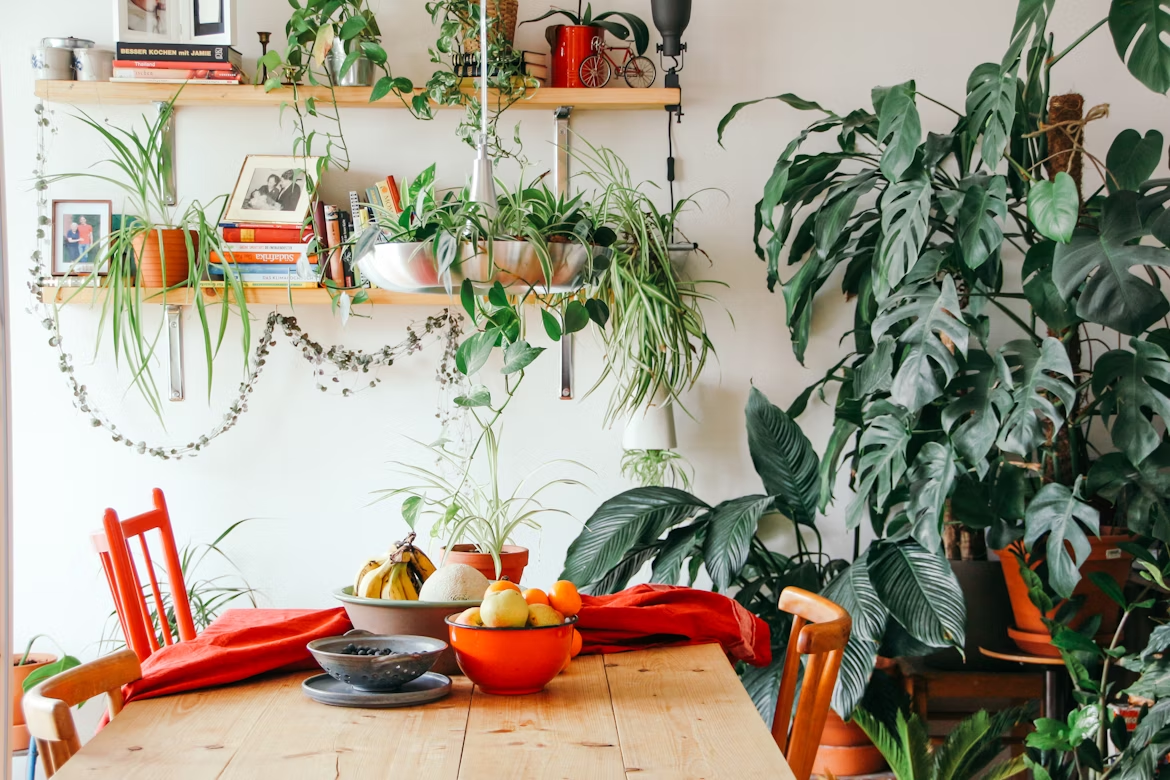
Photo by Brina Blum on Unsplash
Choosing The Right Plants For Hvac-Influenced Interiors
Not every plant will thrive in a mechanically regulated environment. If you’ve tried adjusting airflow, humidity, and placement and still experience issues, it may be time to choose species better adapted to HVAC realities.
Look for hardy, low-maintenance houseplants with tolerance for dry air and occasional temperature shifts:
- Sansevieria (Snake Plant): Thrives with infrequent watering and tolerates low humidity.
- Zamioculcas zamiifolia (ZZ Plant): Adapts well to indirect light and less-than-ideal air conditions.
- Aspidistra (Cast Iron Plant): Lives up to its name with high resilience to indoor climate changes.
- Pothos (Epipremnum aureum): Forgiving and adaptable, though it may suffer if placed in strong drafts.
- Spider Plant (Chlorophytum comosum): Prefers moderate humidity but doesn’t mind a bit of HVAC airflow.
Avoid sensitive species like maidenhair ferns, orchids, or most carnivorous plants unless you can create dedicated microenvironments for them. Tropical plants like peace lilies or alocasias may still thrive with humidifier assistance and shielded placement.
If you’re unsure, consult your local nursery or plant expert. They can recommend varieties based on your specific HVAC setup—whether you live in a high-rise condo with constant AC or a single-family home with seasonal furnace cycles.
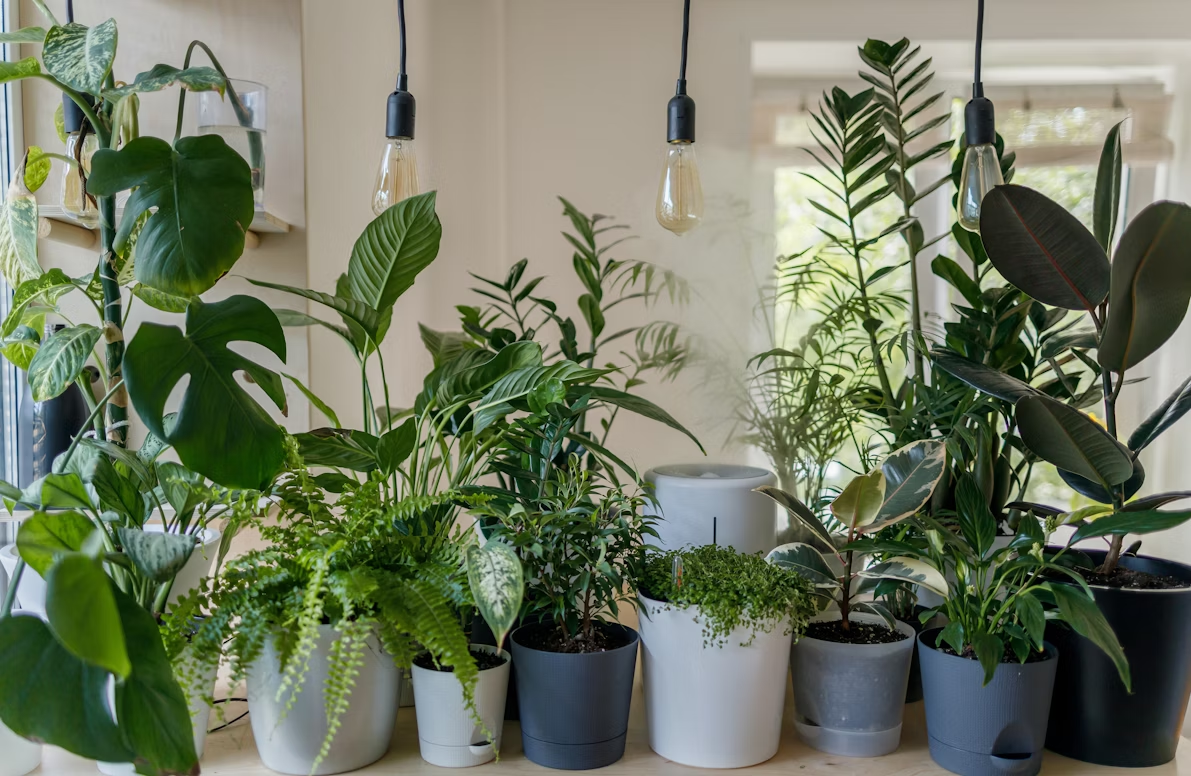
Photo by vadim kaipov on Unsplash
Endnote
HVAC systems are essential for our comfort, but without adjustments, they can unintentionally sabotage your indoor garden. From dry air and direct drafts to sudden temperature changes, your climate control setup plays a bigger role in plant health than most homeowners realize.
By diagnosing airflow problems, modifying plant placement, and selecting species that match your interior conditions, you can bring balance to both climate and canopy. The goal isn’t to compromise your comfort—but to create a home where both people and plants flourish in harmony.


